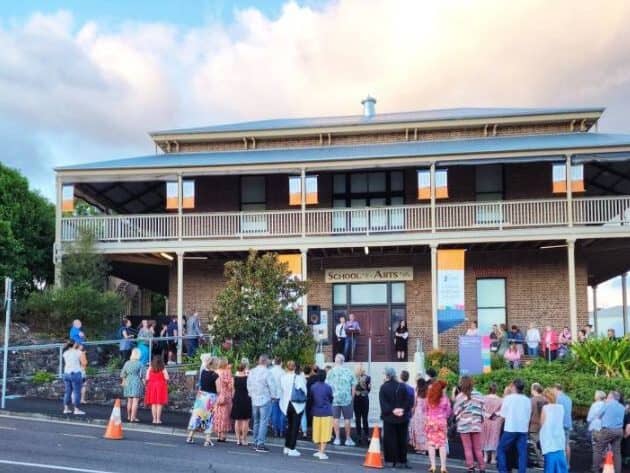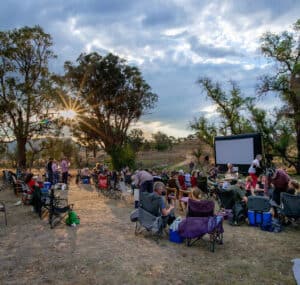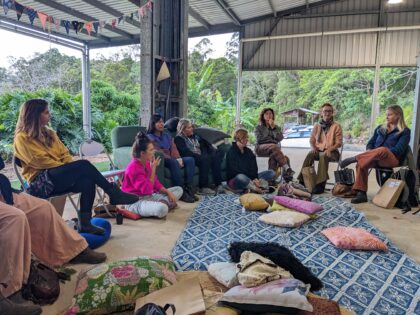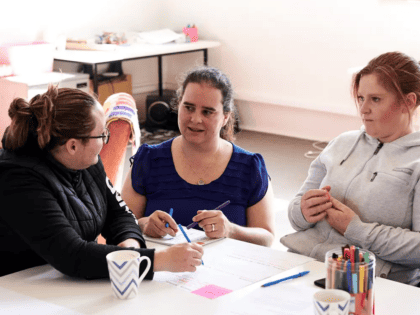News & Events


22.96 Receding opens at Gympie Regional Gallery
By Sonia Louise Cozens
Historical foe of the Mary River, Gympie, is no stranger to flood decimation. Water is a recurring force of nature that persists in terrorising the community to this day; but the community rebounds in resilience, unity, and hope. It is these deep-seated emotive themes that bind 22.96 receding.
On opening night, 150 curious locals and vibrantly clad artists spilled onto Nash street outside of the imposing School of Arts building. Together, they indulged in the creative optimism, forged out of adversity, of local artistic trio: Miriam Innes, Joolie Gibbs, and Leeroy Todd. I was fortunate to attend this highly anticipated gathering, one year on from the lingering flood event, as 22.96 receding is not your typical artistic presentation. 22.96 receding is a direct result of the shock, awe, and devastation experienced by three local creatives who were compelled to conquer misfortune through a positive visual response.
It was no accident that I bumped into Scotia Monkivitch, Executive Officer of the Creative Recovery Network, at this resilience motivated event. The Creative Recovery Network “is a specialist service provider and advocate for culture and the arts within the emergency management sector.” Empowering communities to overcome trauma, Scotia had recently led discussions at Gympie Regional Council’s Creative Recovery Forum, where Innes shared her 22.96 receding vision in the making.

Image: Joolie Gibbs, Water Hyacinth, 2022, installation view. Photo by Simon Cozens
22.96 Receding is open until April 15, Gympie Regional Gallery, Gympie
SUBMIT YOUR CASE STUDY



